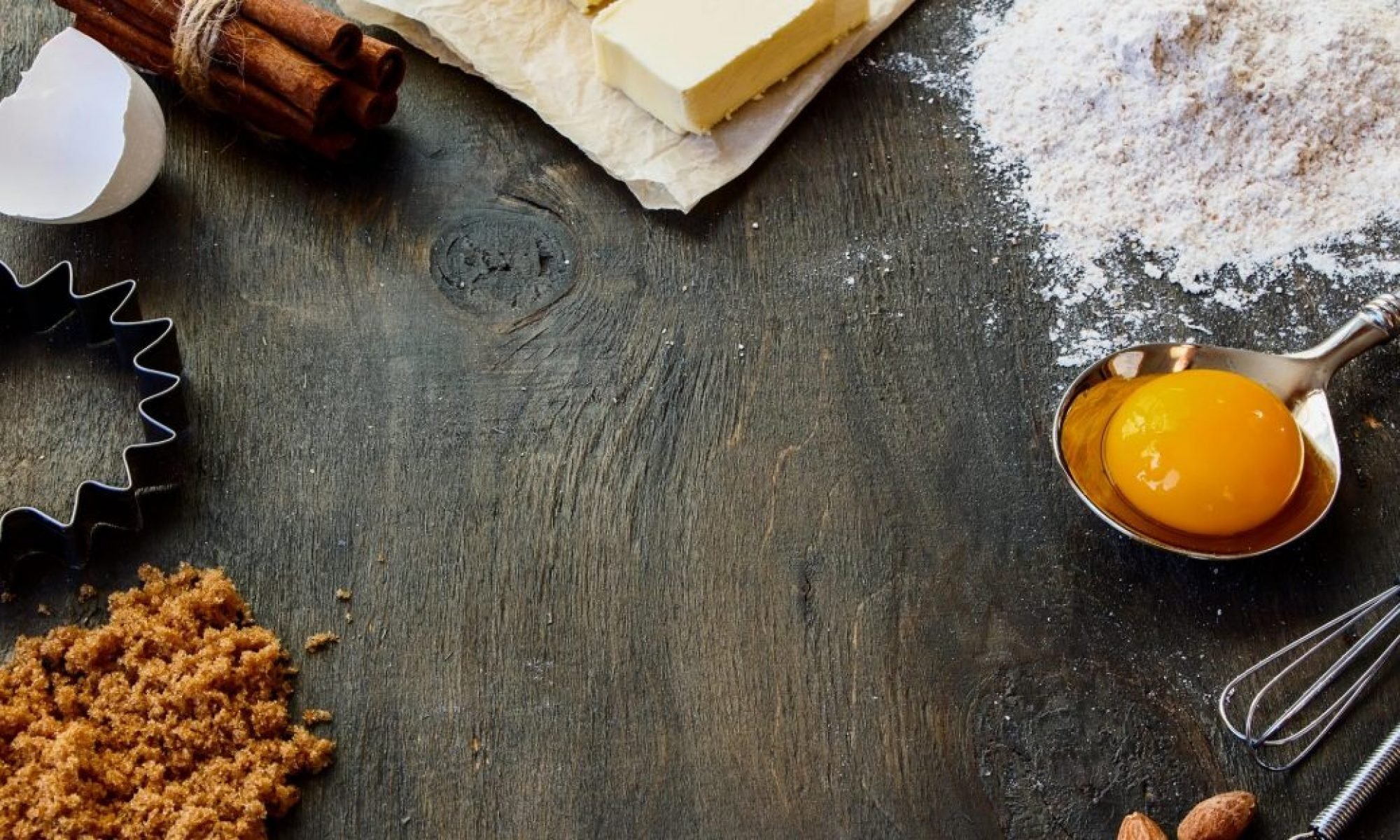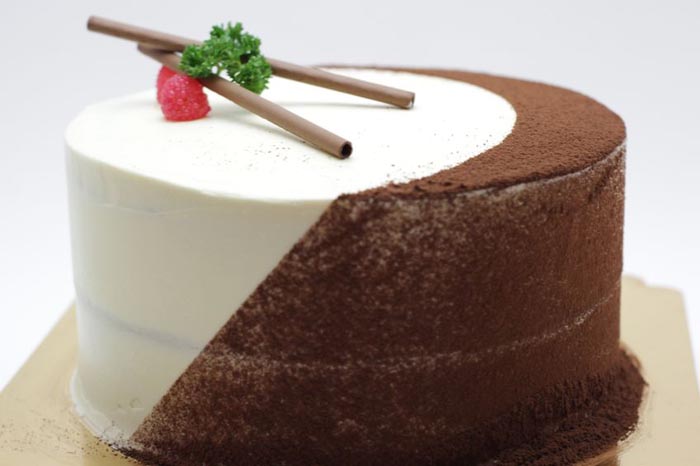When baking gluten-free, you can achieve lighter results by applying a few simple techniques. I teach you, step-by-step how to achieve each one. Also, you learn which methods to use for particular applications.
Using your electric mixer, the higher speed you use and the longer you beat a batter, eggs, butter and sugar, etc., the more air you beat into them. The foaming method involves whipping air into eggs and then using this light mixture in batters to create light and airy baked goods. In gluten-free baking, this method is the perfect way to recreate a gluten-like texture without the use of extra starches such as potato, corn, tapioca, and arrowroot. This method calls for whole eggs and works only in recipes calling for them such as cake.
Using the foaming method, you beat air into eggs. Then folding them into a batter, which creates lighter baked goods. This method doesn’t use egg whites, but whole eggs. You must only use this method in recipes using whole eggs, such as cakes, and even waffles though they are not baked.
Additional Starch:
Another way of achieving lighter baked goods is to increase the starch (potato, corn, tapioca (I don’t use arrowroot because it takes too long to bake and softens baked goods). However, if you don’t need to gain weight, stick to the foaming method.
You will need to replace some of the traditional gluten-free flour such as rice, sorghum, or millet with additional starch. Traditionally, you can use as high as 60% starch to 40% flour, but higher ratios of starch still work well. The 60/40% is just a healthier ratio. Better yet, for health, I like to stick to 50/50%. It just makes for a heavier baked good.
Use additional starch in yeast-based recipes as well as cakes and other sweets.
Sifting:
When you sift flour, it also makes baked goods lighter. The more you sift the flour, the lighter the baked good. Sifting flour three or four times is not unheard of.
Creaming Butter and Sugar:
When you cream butter and sugar together, make this the first step of the recipe. Don’t beat them just until they are combined, but beat a lot of air into them until the mixture turns light yellow in color and is fluffy in texture. Using a KitchenAid mixer, this takes about 5 minutes.
How to Use the Whole Egg (Genoise) Foaming Method:
Genoise is a sponge cake which sometimes calls for incorporating a little melted butter into the batter. The butter tenderizes the crumb. To make it, you use the whole egg foaming method.
When using this method (see how to below), always measure all of your ingredients and grease your pans before beating the eggs or preparing the cake/baked good. Once the eggs are beaten the bubbles formed can pop quickly. You need those bubbles to stay perfectly formed so that they bake air into whatever you are baking. So, do all prep work in advance.
Just as important as preparing everything in advance, be sure to use room temperature eggs. Cold eggs do not foam easily. Having all of your ingredients at room temperature makes for lighter baked goods.
Ingredients:
Whole eggs, at room temperature
Any sugar called for in your recipe
Directions:
- Whisk the whole eggs and any sugar called for in the recipe in a heat-proof bowl over a saucepan of hot simmering water. A good temperature for the water is about 110ºF. This step creates additional volume in the batter.
- Transfer the whisked eggs to the bowl of your mixer. Beat on high speed until stiff foam forms. It will take about 10 minutes of beating whole eggs to create the volume necessary achieve the results desired.
- To test whether you the eggs have been beaten long enough, drop a dollop on top of the egg mixture and count to from 1 to 5. They should not sink into the other eggs until you reach 5. If the dollop disappears into the other beaten eggs before 5, beat them some more. (Important!)
- Fold in the foam using a rubber/silicone spatula, one-third at a time.
- Add other liquid ingredients. If any of them are warm, add them slowly to prevent the eggs from cooking. This method is called “tempering” the eggs.
- Follow the remaining instructions in your recipe and bake as instructed. However, you may need to shorten the baking time, as baked goods with lots of air in batters usually bake faster.
How to Use the Separated Egg (Sponge) Foaming Method:
When making sponge cakes for lady fingers, tiramisu cake, or roulades (roll cakes), you want to separate the egg whites from their yolks to make an even lighter cake.
- Again, start with room temperature eggs, and separate the whites from the eggs.
- Beat the egg whites in the bowl of your mixer until they either reach soft peaks or stiff peaks, depending upon on dry or moist you want your baked good. Stiff peaks will make lighter baked goods, and dry goods when no or little fat is used in the batter.
- Make the recipe according to your instructions. When it’s time to beat whole eggs, instead beat only the egg yolks.
- If the recipe does not have many wet ingredients and the egg whites makes up a large portion of those wet ingredients, add one-third of the dry ingredients and fold in half of the beaten egg whites. Repeat these steps until all is incorporated.
Tips:
When you should not use any of the above methods is when you want a heavy cake such as quick breads, pound cakes, and some red velvet cake recipes. In these cases, you combine the sugar with the dry ingredients instead of creaming them together with butter.
Remove baked goods from their pans as soon as possible to prevent steaming the bottoms of the baked goods.
Do not slice bread prior to cooling, as it will collapse the bread a bit. When baking soft bread, cooling it upside down is best. You can stick wooden skewers in the breads’ bottom and hang it upside down over a large pot. This is how panettone (butter soft Italian bread) is cooled.


